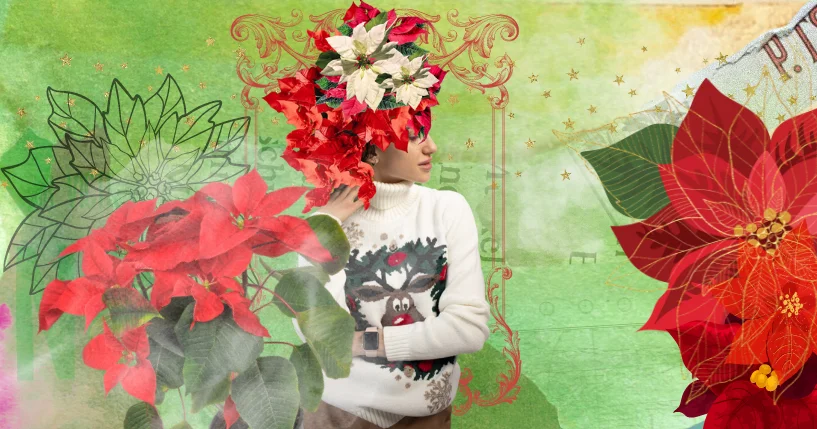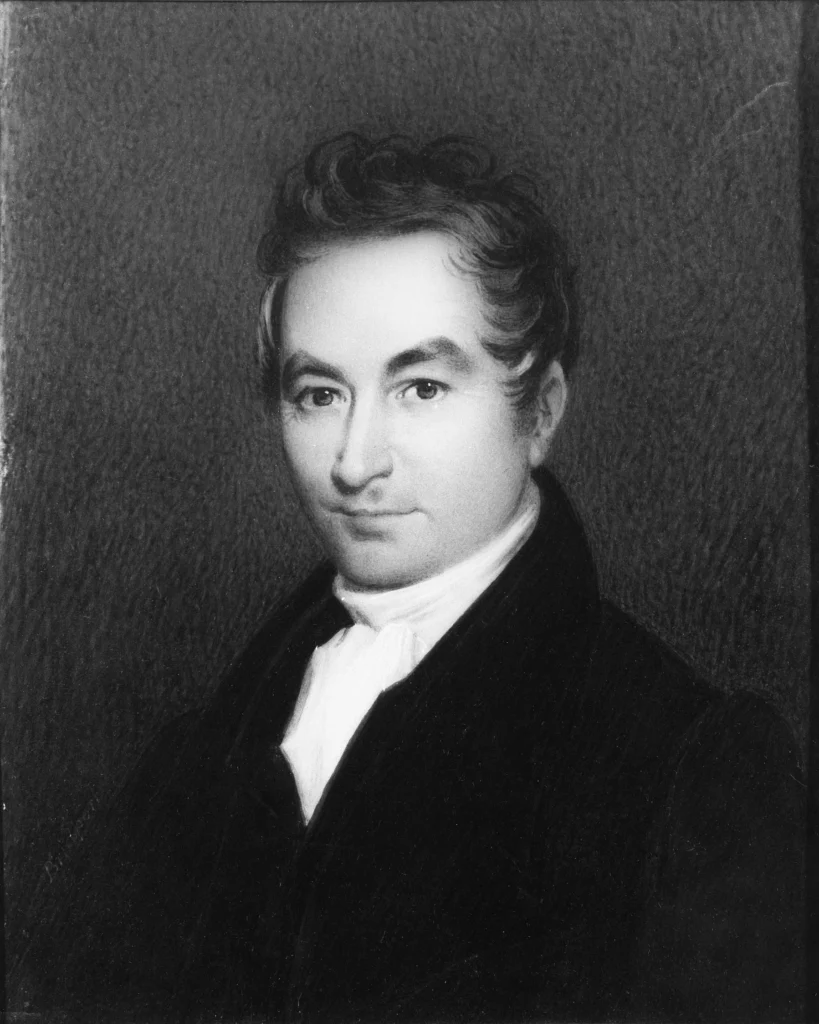The Poinsettia meaning relates to Christmas in modern times. This flower has nearly synonymous meaning to the Christmas period.
While there are many legends that explain the link between the poinsettia and Christmas, the origins of this flower begins in Mexico.
In this blog let’s explore the origins and symbolism of the Poinsettia prior to its associations with Christmas. We will then look into how the flower transitioned the United States.
Furthermore, we will dig into various legends associated to the poinsettia and Christmas. Finally, we will get into some magical and folkloric uses of Poinsettia.
What does the Poinsettia flower symbolises?
The Poinsettia flower symbolises merriment and a cheerful atmosphere. No wonder it is then synonymous with Christmas. It is also a symbol of appreciation.
Poinsettia Meaning and Symbolism
Poinsettia in Aztec culture
The Aztecs of ancient Mexico were perhaps the first to cultivate the poinsettia plant. In their language the plant was called Cuetlayochitl.
In Peru and Chile, the flower is known as “Crown of the Andes.” Currently in Mexico, it is known as the Flor de Noche Buena or Flowers of the Holy Night.
It was regarded as a symbol of purity, and it was highly regarded by Moctezuma, the king of Aztecs. He would have poinsettia brought to him because they did not grow in the highlands around Mexico city.
The Aztec name Cuetlayochitl refers to the plant category of xochitl which means “flower.” However, the meaning runs deeper than flower, it means “plant that makes consciousness blossom.”
From Mexico to USA
The common name Poinsettia comes from the U.S Ambassador to Mexico, Joel Roberts Poinsett. He also happened to be the first ambassador to Mexico and an amateur botanist.
He was taken by the beauty of the plant and propagated it in the United States.
His report on the plant and his translation of the Mexican name was “flower of the holy night.” This is what secured the shrub an ornamental place in the Christmas botany of Europe and North America.
The plant then spread from his greenhouse in South Carolina to the rest of the United States.
Poinsettia meaning in Legends
There are numerous legends that link Poinsettia to Christmas, it would impossible to list all of them. Here is a list of three legends.
Legend 1
One legend tells the story of two poor Mexican children. The siblings Pablo and Maria, who were on their way to church one Christmas Eve.
However, they had no gift for the Christ child so they gathered some weeds and styled them into a small bouquet.
The other children teased Pablo and Maria making fun of their gift. When they placed their modest bouquet at the manger in the church, the weeds miraculously transformed into brilliant red and white leaves.
There is another version of this legend where the poor children prayed for a gift to the Christ child and as they knelt at the altar praying, bright red and green plants grew at their feet.
The moral of the story is that the simplest gifts, when given with love, are the most beautiful.
Legend 2
This legend states that as the star of Bethlehem shone on the earth, the earth responded by producing a plant that mirrored the star’s beauty.
The flower’s star-shaped leaves were originally white with a golden star center. The legend says that the leaves turned red on the day Christ died on the cross as a reminder to people of the blood of Jesus.
Some leaves however remained white as a reminder of the purity of his sacrifice.
Legend 3
The third legend is about a poor girl called Pepita who was crying in anguish. An angel heard her distress and appeared before her to inquire about her worries.
The girl replied to the angel stating that she could not afford any gifts for Jesus on Christmas morning. The angel instructed her to pick a weed along the road.
When her tears fell on the plant it turned red.

Poinsettia meaning in Magical and Folk Use
Aside from the this plant’s legends, the poinsettia meaning can also be found in its magical and folkloric uses. Below we’ll look into some of them.
- In Chiapas, the Indians would use the red leaves of the plant as an offering and dedication gift to their pagan gods.
- The Huaxtec’s language was closely related to that of the Mayans. They lived near the Gulf of Mexico and would make tea from the shoots of the plant. It was said to make them read and sing more easily but also made them wiser.
- The Florentine Codex, an Aztec source from the 16th century, stated that people considered the latex of the Poinsettia a stimulant for milk production in nursing women. Christian Missionaries associated this folk custom with the nourishing mother of God. They made the indigenous people worship the plant in honor of the birth of Christ.
- The Hindus in India and Nepal called the red colored petals of the poinsettia “false illusion.” This was a symbol of the female life force.
- Poinsettia is also the favourite flower of the Goddess Kali and used as a sacrificial offering to the Goddess. Kali is considered as the equivalent of Hecate whose origins are said to be in Asia Minor.
- In Nepal, poinsettia is called lalupate or incense of the red flower. It is used to make “bokshi dhup” or witch smoke, an incense mixture for warding off the dangerous influence of witches and demons, similar to smudging.
- For the Newari who live in Kathmandu in Nepal, poinsettia is the traditional flower of marriage.

FAQ Poinsettia flower meaning
References
Dietz, S. T. (2022) The complete language of flowers the complete language of flowers: A definitive and illustrated history – pocket edition. Wellfleet Press.
Folkard, R. (1884) Plant lore, legends, and lyrics. Embracing the myths, traditions, superstitions, and folk-lore of the plant kingdom. London: S. Low, Marston, Searle, and Rivington.
Junius, M. M. (1993) The practical handbook of plant alchemy: Herbalist’S guide to preparing medicinal essences, tinctures and elixirs. Rochester, NY: Inner Traditions Bear and Company.
Kirkby, M. (2011) A Victorian flower dictionary: The language of flowers companion. New York, NY: Random House.
Deena Bsingh, a UK-born, Mauritius-raised content writer, is a dedicated explorer of the ancient world’s hidden treasures. Armed with classical studies knowledge and a decade of spiritual immersion, Deena delves deep into the wellspring of ancient wisdom. Her illuminating writings on flower meanings and culinary history are imbued with the profound insights she has gathered on her journey. Through her Medium articles, she guides readers on transformative journeys that bridge the gap between ancient cultures and contemporary consciousness, offering a rich tapestry of understanding that endures through time.


